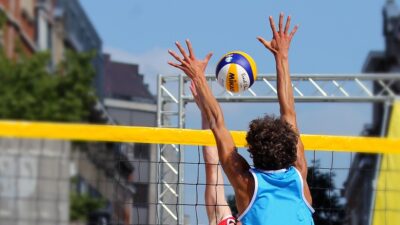Mixed Martial Arts (MMA) has evolved into one of the most demanding and popular sports worldwide. Athletes must possess a unique combination of strength, skill, and mental toughness. Behind the prowess seen in the octagon lies a robust science of training regimens that sculpt champions. Understanding the components of these training programs provides insight into how fighters prepare for the rigorous demands of competition.
The Key Components of MMA Training
1. Strength and Conditioning
Strength training forms the backbone of any successful MMA regime. Fighters must develop explosive power, endurance, and resilience. Programs often incorporate:
-
Weight Training: Utilizing compound lifts (squats, deadlifts, bench presses) ensures athletes build overall strength. Many fighters also engage in Olympic lifts to enhance explosiveness.
-
Plyometrics: Exercises like box jumps or medicine ball throws improve speed and agility, crucial for quick movement in fights.
- Functional Training: Resistance bands, kettlebells, and bodyweight exercises mimic fight-related movements, improving coordination and core strength.
2. Cardiovascular Conditioning
A fighter’s ability to maintain endurance throughout a bout is paramount. MMA training usually combines:
-
Steady-State Cardio: Long-distance running, cycling, or swimming builds a baseline aerobic capacity.
- High-Intensity Interval Training (HIIT): Short bursts of maximum effort followed by rest intervals directly mimic the energy expenditure of a fight, enhancing the fighter’s anaerobic threshold and recovery rate.
3. Technical Skills Training
While physical attributes are vital, technical proficiency can be the deciding factor in a match. Key focus areas include:
-
Striking: Training in disciplines like Muay Thai, boxing, or kickboxing focuses on punches, kicks, and overall striking technique. Fighters drill combinations, footwork, and defensive maneuvers.
-
Grappling: Submissions, takedowns, and positional control are honed through Brazilian Jiu-Jitsu (BJJ), wrestling, or judo. Live sparring sessions develop the ability to apply techniques under pressure.
- Cage Control: Fighters practice fighting against the cage, learning to utilize limited space effectively and transition between different modes of fighting.
4. Mental Conditioning
Mental toughness can often be the differentiator in high-pressure situations. Successful fighters undergo:
-
Visualization Techniques: Athletes mentally rehearse scenarios to enhance focus and reduce performance anxiety. Visualization fosters confidence and preparedness.
-
Mindfulness and Meditation: Techniques help in maintaining composure during bouts, allowing fighters to stay present and manage stress.
- Strategy and Game Planning: Fighters work closely with coaches to analyze opponents, developing tailored strategies for each match.
5. Recovery and Nutrition
Training is demanding, and recovery is just as crucial as the workout itself. Strategic recovery methods include:
-
Active Recovery: Light training days, yoga, and mobility work help athletes recover without complete rest.
- Nutrition: Fighters follow strict diets customized for their weight class and energy requirements. Emphasis is placed on macronutrient balance—carbohydrates for energy, protein for muscle repair, and healthy fats for overall health. Hydration is also critical for performance.
6. Training Cycles
MMA training is organized into cycles to peak at the right moment. These cycles typically involve:
-
Base Phase: Building foundational strength and aerobic capacity.
-
Build Phase: Increasing intensity in both workouts and technical skills.
-
Peak Phase: Sharpening skills and tapering volume while maintaining intensity as the fight approaches.
- Recovery Phase: Allowing the body to heal post-fight while maintaining fitness levels.
Conclusion
The science of MMA training is intricate, combining physical, technical, and psychological aspects to forge champions. As athletes continue to push the boundaries of performance, the emphasis on scientifically-backed training regimens will ensure that they not only survive the rigors of combat sports but thrive as well. With dedicated strength and conditioning, technical skills training, and mental fortitude, fighters are sculpted into resilient warriors ready for the challenges of the octagon. Understanding this multifaceted approach can enhance appreciation for the art and science behind MMA.



